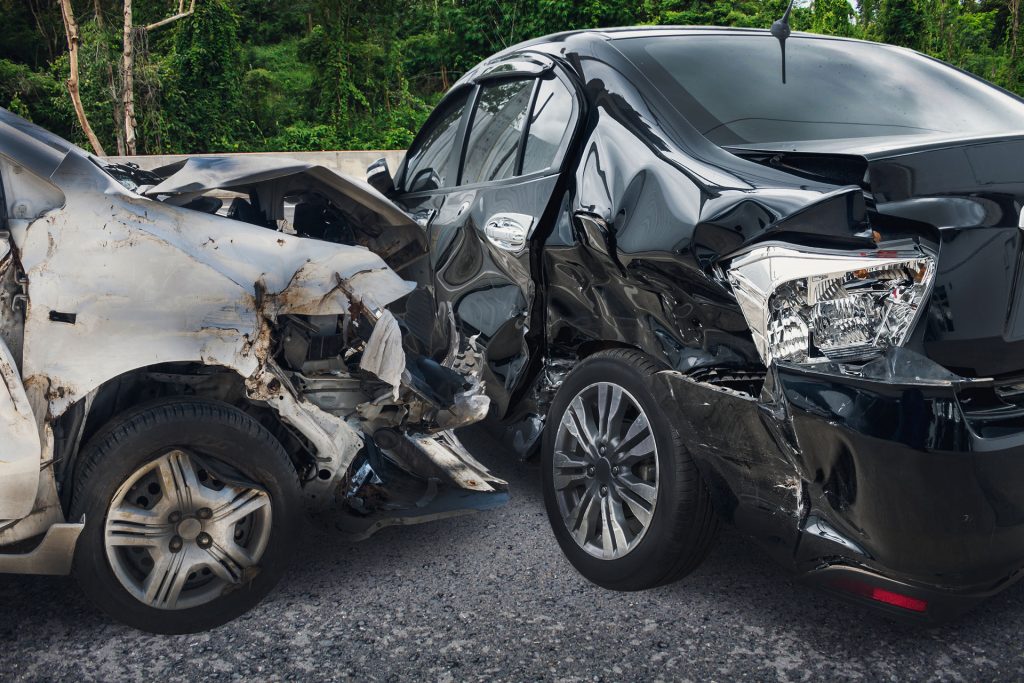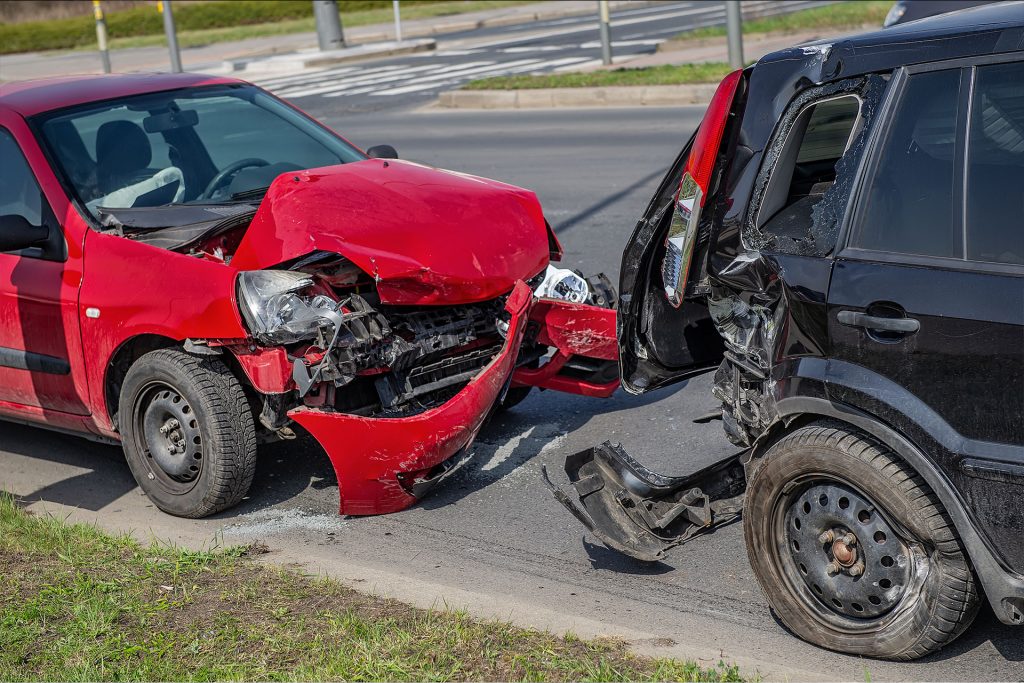Types of Collisions
Collisions can happen in an instant. People can be driving along when they suddenly experience a jolt and find their vehicle colliding with another road user. Collisions can happen in several different ways, and it is important to know how and where they can happen. That way, drivers can take precautions to try to prevent accidents or at least to lessen their effects.
Accidents can happen for a variety of reasons, and some collisions are more dangerous than others. The Crash Test website identifies several different types of motor vehicle accidents that happen on the roads. A common type is a rear-end collision, where one vehicle crashes into another from behind. Often, this happens when either the vehicle in front stops suddenly or the vehicle behind accelerates suddenly.
Injuries
Injuries in this type of accident are often worse for the occupants of the first vehicle, but the extent of the injuries depends on how quickly the vehicles were travelling. Some rear-end collisions result in major injuries and damage, while others are minor and may result in only scraped paint on the vehicles and possibly no injury to passengers. Whiplash is a common injury from this type of accident.
The second type of collision is usually much more serious. Side impact collisions result when one vehicle crashes into the side of another one. Depending on the safety features that the vehicles have, such as crumple zones and air bags in the front and sides, the effects of this type of accident can be deadly or at least cause major injury.

In these types of accidents, the entire side of one vehicle can be crushed in. Depending on which side was affected, where the occupants were sitting and the speed of the other vehicle, the people can be badly injured or killed. Both vehicles in this type of accident are likely to be badly damaged. Even if the occupants of both vehicles are uninjured in a side impact collision, the vehicle will likely need major repairs or replacement.
Sideswipes and More
A third type of accident is a sideswipe collision. This happens when one vehicle comes too close another and scrapes along its side. Although this type of collision can potentially set off other accidents, the damage is usually minor, confined to scraped paint and possibly damage to a side mirror. Injuries are unlikely to happen, although a few scrapes and bruises, or possibly minor whiplash, are possible.
A much more dangerous type of accident is the rollover. This happens mainly when a vehicle goes around a corner at high speeds and then flips onto its side or roof. Veering off the road into the ditch or suddenly swerving to avoid a hazard can also cause a rollover. Vehicles with a high centre of gravity, such as SUVs or transport trucks, are more likely than smaller vehicles to roll over.
Rollovers can be deadly because they cause everyone and everything inside the vehicle to fly around the inside or to be thrown out of the vehicle. Wearing seatbelts can prevent the occupants from hitting their heads on the sides or top of the vehicle and may save their lives. However, people may still be hit by an object flying around inside or be trapped inside the vehicle if the roof caves in. Rollovers can be extremely dangerous and often fatal to the people involved.

One of the most dangerous types of accidents is the head-on collision, when vehicles moving in opposite directions collide with each other, both from the front. These accidents happen on roads with no dividing barrier between the opposing sides of traffic, such as on highways and freeways.
Because the speeds on these types of roads are often high, any crash is likely to be more serious than on other roads, and fatalities are common. They may happen when a driver is distracted or falls asleep at the wheel. Moving into the opposing lane to pass another vehicle is also a time when drivers are vulnerable to head-on collisions, as they might miscalculate the amount of space they have to return to their own lane. At highway speeds, braking or swerving out of the way can be very dangerous, even if the driver reacts quickly enough to attempt evasive maneuvers.
Single-Vehicle Collisions
Single-vehicle collisions can cause damage ranging from minor scrapes to major harm. These accidents happen when a driver loses control of the vehicle for some reason, such as drowsiness or falling asleep, brake malfunction, or inexperience behind the wheel. When this occurs, the vehicle goes off the road and often crashes into another object such as a telephone pole or a tree.
The All Ontario website lists the four most common causes of motor vehicle accidents in Ontario: speeding or aggressive driving, distracted driving and driver fatigue, drinking and driving, and the inexperience of young and novice drivers. Any of these factors can apply to a single-vehicle crash.
The severity of single-vehicle crashes depends on a variety of factors. When a vehicle is moving relatively slowly, it may result in little more than a broken light or scraped paint. Often, however, these accidents can be severe and even fatal.
The deadliest type of collision, according to the Crash Test website, is the multi-vehicle pile-up, where many vehicles crash into each other at one site. Often, the causes of these accidents are hard to determine, but they frequently begin with two vehicles crashing into each other and then others crashing into them.
In these accidents, vehicles may end up spinning, and the damage can often be severe. For example, a blizzard at the beginning of March 2021 caused a collision involving about fifteen vehicles on Highway 400 in southern Ontario, according to a Global news report from March 1st. Although no one was killed in that accident, multi-vehicle collisions can be very dangerous, especially when large vehicles like trucks or buses are involved.
Causes of Accidents
In this case, the weather was a major cause of the crash on Highway 400 in March, but the Traffic Injury Research Foundation notes that over 90 percent of traffic accidents occur because of human error. Distracted driving is a common cause of collisions, more often fatal to the person who is hit than to the driver. Speed and risk-taking also lead to many accidents, but drivers can learn to modify their behaviour to reduce the risks of being on the road. No one wants to be in an accident. However, they can happen to anyone on the road and potentially have life-changing consequences. Knowing the dangers of each type of collision can help drivers prepare for the possibility of serious injuries or damage to vehicles.
